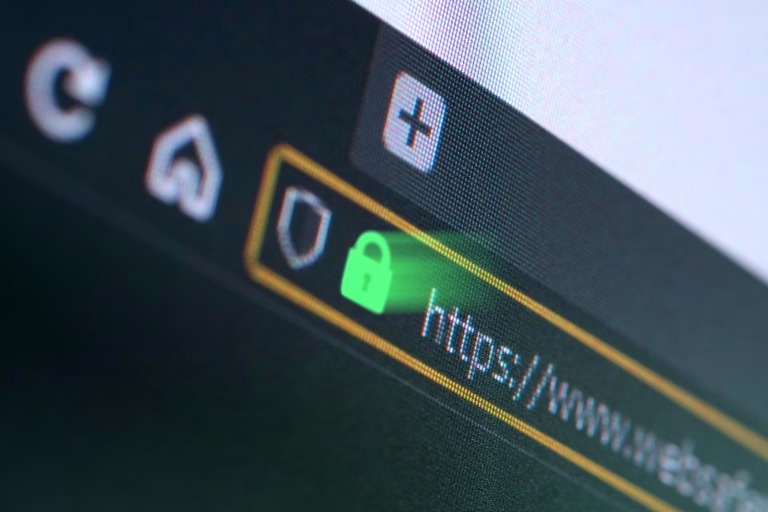
In today’s digital-first economy, small and medium enterprises (SMEs) are increasingly vulnerable to cyber threats. With limited budgets and resources, SMEs often struggle to implement comprehensive security measures.
However, Dillon Gray, COO of IPT, emphasizes the importance of adopting key cybersecurity controls to minimize risks effectively. “With these controls in place, businesses are generally considered to have done the best they can to protect themselves,” Gray notes.
Here are five essential cybersecurity controls for SMEs.
1. User Access Control
User authentication is critical in safeguarding sensitive information. Gray highlights the misconception about hackers: “Today’s hackers are sophisticated, work in syndicates, and use AI to target a broad base simultaneously.” SMEs must routinely authenticate users before granting access to applications or devices and implement two-factor authentication (2FA).
Additionally, organizations should deactivate accounts of former employees and restrict admin accounts to administrative tasks only. These measures ensure visibility and control over who accesses the business environment.
2. Secure Configuration
Gray warns against relying solely on new software for protection without modifying default settings. Default settings are widely known and make systems vulnerable. SMEs should remove unnecessary user accounts and restrict software installations to only those critical for business functions. “The more software components, the more patching required, and the higher the security risk,” he adds.
Disable auto-run features and authenticate every individual accessing sensitive data to minimize threats.
3. Patch Management
Patch management is often overlooked due to misconceptions that it falls solely on IT personnel. Gray suggests automating the process to prevent lapses. Tools exist to automate updates across servers, firewalls, and end-user devices.
Ensuring all software is licensed and supported further strengthens this control, protecting businesses from vulnerabilities that hackers could exploit.
Also read: Over half of cyberattacks in Africa target government and finance — Report
4. Firewalls Protection
Firewalls serve as the gatekeepers of your network, blocking unauthenticated access. Gray advises SMEs to change default administrative passwords and disable remote access where possible.
Organizations should also block unauthorized inbound connections and use host-based firewalls for devices on untrusted networks. Properly configured firewalls not only protect external threats but also prevent internal access to malicious content.
5. Malware Protection
Finally, SMEs need robust malware defenses. “Anti-virus is just one component; there are many enhancements like EDR, MDR, and XDR,” Gray explains. Businesses should keep software and signature files updated daily, automate file and web scans, and prevent connections to malicious websites. In addition, data backup strategies with encryption and automation serve as the last line of defense, ensuring recovery if all other measures fail.
By focusing on these five cybersecurity controls, SMEs can effectively mitigate risks and protect their operations, even with limited resources. Cybersecurity doesn’t have to be daunting—with the right tools and practices, SMEs can build resilience against ever-evolving threats.




